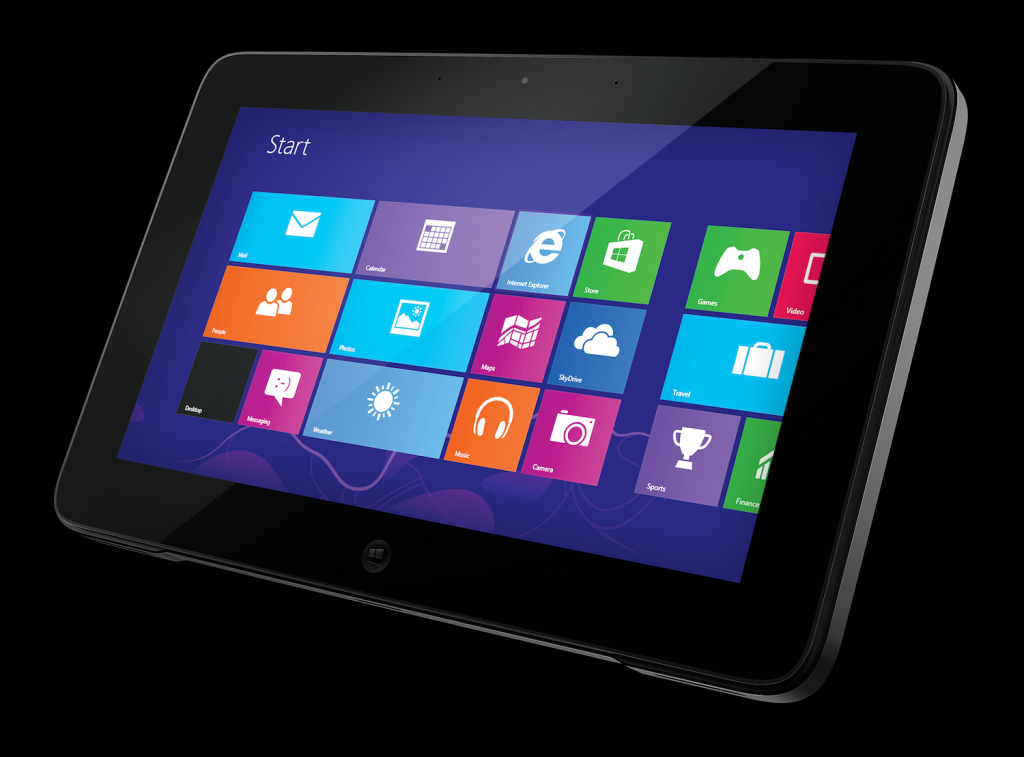A robust and reliable Point-of-Sale (POS) system is crucial for the success of your retail app. Designed to manage sales transactions at the point of purchase, a good POS application:
- Processes payments
- Tracks inventory
- Generates receipts
- Manages customer data
To assess the effectiveness of your retail app, you need thorough POS application testing.
In this blog, you’ll get to know five proven POS app testing strategies. These will help you give customers a seamless and error-free buying experience.

Functional testing
This type of testing is the foundation of any testing strategy for a POS app. It involves validating the core functions and features of your app to ensure they are working as intended. Testers should focus on evaluating various aspects, such as:
- Transaction processing
Ensure the app can process various transaction types, such as credit cards and digital payments. Check for accuracy in calculating totals, applying discounts and generating receipts.
- Inventory management
Test the app’s ability to update and reflect inventory levels. Ensure that stock quantities are up to date in real time. Check the app also gives customers accurate stock information.
- Customer data management
Confirm the app’s capability to capture and store customer data. Verify the app’s ability to perform tasks such as:
- Creating new customer profiles
- Searching for existing customers
- Applying for loyalty programs or discounts using customer information
- Reporting and analytics
Test the app’s reporting and analytics features to ensure they generate accurate and insightful data. This includes validating sales reports, inventory analyses, and other key performance indicators.
Performance testing
Slow or unresponsive POS applications can frustrate customers and employees. Performance testing is vital for ensuring that your retail app can handle the load and provide a smooth user experience.
Key performance testing strategies include:
- Load testing
Simulate realistic user loads on the POS app to assess how it behaves under various levels of demand. This includes testing concurrent transactions, peak sales periods, and busy inventory updates.
- Stress testing
Push the limits of the retail app by subjecting it to extreme workloads beyond its capacity. This helps identify:
- Hitches
- Stability issues
- Potential failure points
This allows you to make necessary improvements.
- Network testing
Confirm the app’s performance under different network conditions. For example, what happens at low bandwidths or intermittent connectivity?
Verify that your application can handle temporary network disruptions without losing any data.
Security testing
Security testing is paramount for any retail app. A compromised POS app can lead to data breaches, financial loss, and damage to your brand’s reputation. To mitigate these risks, consider the following security testing strategies:
- Data encryption
Verify the app’s encryption protocols for securely transmitting and storing sensitive customer and payment data. Test the use of industry-standard encryption algorithms to prevent unauthorized access.
- Vulnerability assessment
Conduct regular vulnerability scans and penetration tests to identify any weaknesses in your retail app’s security defenses. Address vulnerabilities to cut the risk of potential attacks.
- Compliance testing
Confirm that your POS app meets industry standards like PCI DSS (Payment Card Industry Data Security Standard) or GDPR. Follow relevant regulations and guidelines when handling customer data.
Usability testing
In Usability plays a critical role in enhancing customer satisfaction. Usability testing focuses on evaluating your retail app’s ease of use and user experience.
Consider the following aspects during usability testing:
- User interface
Assess the app’s interface for intuitive navigation, clear labeling, and appropriate use of visual elements. Ensure that users can locate functions and perform tasks without confusion.
- Touchscreen optimization
If your POS app runs on touch-enabled devices, verify its compatibility with different screen sizes and resolutions. Also, verify that touch interactions are functional, such as scrolling, tapping, and dragging.
- Error handling
Test the app’s response to user errors or invalid inputs. Display relevant error messages to help customers during transactions or when inputting data.
Compatibility testing
With the many devices and operating systems available today, compatibility testing is crucial. It ensures your retail app works seamlessly across different platforms.
Consider the following compatibility testing strategies:
- Device and OS compatibility
Test your POS app on different devices. This includes smartphones, tablets and desktop computers, running different operating systems (e.g., iOS, Android, and Windows). Verify that the app works correctly and displays appropriately across these platforms.
- Peripheral integration
If your retail app integrates with external peripherals like barcode scanners or receipt printers, ensure compatibility and test its seamless interaction.
- Browser compatibility
If your POS app operates through a web-based interface, conduct browser compatibility testing to ensure consistent performance across different web browsers such as Chrome, Firefox and Safari.
Conclusion
The following five proven POS testing strategies will help you deliver a robust and reliable retail app to your customers.
- Functional testing
- Performance testing
- Security testing
- Usability testing
- Compatibility testing
By ensuring that your POS app performs flawlessly, you can enhance customer satisfaction and optimize operational efficiency. This will drive the success of your retail business. Embrace these strategies as part of your overall testing process, and you will be well-equipped to deliver a seamless retail experience for customers.
Remember, comprehensive retail application testing is an investment in your business’s growth and reputation.
You may also like
-
Where to obtain medical insurance policy for entering into Ukraine
-
Affordable Auto Insurance Plans for Low-Income Drivers
-
Generational Guardianship: Securing the Future with Parent and Grandparent Insurance
-
Shielding Your Dreams: Unveiling the Best Super Visa Insurance for Ultimate Peace of Mind
-
GuardianShield: Elevate Your Assurance with Exceptional Super Visa Medical Insurance Coverage

